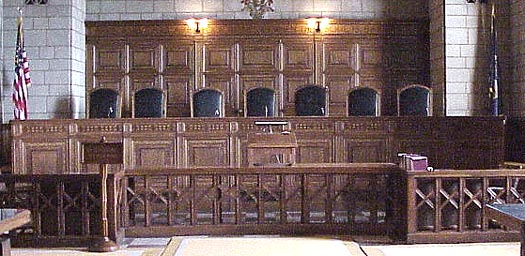Fort Wayn e, Indiana – Magistrate Judge Roger Cosbey of the Northern District of Indiana denied the motion for transfer filed by patent attorneys for Anchor Packaging, Inc. of St. Louis, Missouri (“Anchor”). Anchor sought a transfer of the declaratory judgment action filed by Mullinix Packages, Inc. of Fort Wayne, Indiana (“Mullinix”) to the Eastern District of Missouri where Anchor has a related, but later-filed infringement suit pending against Mullinix. Both patent infringement lawsuits pertain to the alleged infringement by Mullinix of Patent Nos. D679,587; D675,919 and D570,681, which were issued by the U.S. Patent Office.
e, Indiana – Magistrate Judge Roger Cosbey of the Northern District of Indiana denied the motion for transfer filed by patent attorneys for Anchor Packaging, Inc. of St. Louis, Missouri (“Anchor”). Anchor sought a transfer of the declaratory judgment action filed by Mullinix Packages, Inc. of Fort Wayne, Indiana (“Mullinix”) to the Eastern District of Missouri where Anchor has a related, but later-filed infringement suit pending against Mullinix. Both patent infringement lawsuits pertain to the alleged infringement by Mullinix of Patent Nos. D679,587; D675,919 and D570,681, which were issued by the U.S. Patent Office.
Anchor and Mullinix are competitors in the commercial packaging industry. Prior to 2010, Anchor had been the primary supplier of mashed potato containers to Bob Evans Farms, Inc., a position now assumed by Mullinix. According to Mullinix, mashed potato container sales peak dramatically during the fourth quarter of the year and Mullinix’s ability to meet Bob Evans’s demand for containers during this period is critical to maintaining a successful relationship. It was around this time that patent lawyers for Anchor demanded that Mullinix cease and desist selling a tray that Anchor asserted was of a substantially similar design as trays claimed in three of Anchor’s patents.
While the cease-and-desist letter sent by Anchor’s patent counsel indicated that Anchor’s “interest is a resolution of this matter and not litigation,” Mullinix filed a complaint for declaratory judgment in the Northern District of Indiana shortly thereafter. Several weeks later, Anchor responded by filing a complaint for patent infringement in the Eastern District of Missouri.
In this opinion, Magistrate Judge Roger Cosbey, writing for the Northern District of Indiana, addresses Anchor’s motion to transfer Mullinix’s Indiana complaint for declaratory judgment for patent non-infringement to Missouri.
Anchor argued that the case should be transferred because (1) Mullinix filed its declaratory judgment action in anticipation of Anchor’s infringement suit, (2) a critical non-party witness is outside this Court’s subpoena power, but within the range of the Eastern District of Missouri, and (3) the Eastern District of Missouri is a more convenient forum.
The court evaluated Anchor’s request for transfer under § 1404(a) under precedent set by the Seventh Circuit. Under § 1404(a), a court may transfer a case if the moving party shows that: (1) venue was proper in the transferor district, (2) venue and jurisdiction would be proper in the transferee district, and (3) the transfer will serve in the convenience of the parties and the witnesses as well as the interests of justice.
As neither party disputed that both the Indiana and Missouri courts have jurisdiction and are proper venues, the court focused its analysis on the third factor. As the party requesting transfer, Anchor has the burden to show that the Eastern District of Missouri would be “clearly more convenient” than the Northern District of Indiana. In evaluating convenience, the factors to consider are: “(1) the plaintiff’s choice of forum, (2) the situs of the material events, (3) the relative ease of access to sources of proof, (4) the convenience of the parties, and (5) the convenience of the witnesses.”
The first factor, the plaintiff’s choice of forum, was held to be neutral. In general, a plaintiff’s choice of forum is entitled to substantial deference, particularly where the chosen forum is the plaintiff’s home forum. However, the court found that this factor did not weigh in either direction. In this case, there are two plaintiffs in two different fora. As a result, one of them will necessarily be disturbed.
The evaluation of the situs of the material events weighed against transfer. In patent infringement actions “the situs of the injury is the location, or locations, at which the infringing activity directly impacts on the interests of the patentee.” Mullinix is headquartered in Fort Wayne, Indiana, which is in the Northern District of Indiana, and keeps its documents pertaining to the accused infringing products in Fort Wayne. Additionally, two of the individuals who worked on the accused infringing products work and reside within the district.
For similar reasons, the court held the third factor, relative ease of access to sources of proof, to weigh against transfer.
The court briefly addressed the fourth factor, the convenience of the parties, noting that there was no way to avoid inconveniencing either one party or the other. In such a circumstance, the court held that “when the inconvenience of the alternative venues is comparable there is no[] basis for a change of venue; the tie is awarded to the plaintiff[.]”
Finally, the court addressed the fifth factor, the convenience of non-party witnesses, noting that this element was “often considered the most important factor in the transfer analysis.” The court noted with some displeasure that the parties had perhaps been disingenuous in arguing this factor. After a discussion of the evidence that had been submitted, it concluded that the parties had failed to provide it with much enlightenment on the subject and, as a result, the court was largely left to speculate about the convenience of non-party witnesses. The court thus held that this analysis-of-transfer factor was neutral.
In sum, it was found that the convenience factors did not support transfer.
The court also evaluated the interests-of-justice inquiry. On the whole, these factors – the speed to trial, familiarity with the applicable law, desirability of resolving controversies and relation of each community to the controversy – also weighed against transfer.
Finally, the court addressed the first-filed analysis under Federal Circuit precedent, which governs declaratory judgment actions in patent cases. Given that no “sound reason” for transfer had been found in the earlier analysis, court dismissed the first-filed analysis as “ancillary” and largely non-dispositive.
Practice Tip #1: The first-to-file rule is a doctrine of federal comity that generally favors pursuing only the first-filed action when multiple lawsuits involving the same claims are filed in different jurisdictions. It was designed to avoid conflicting decisions and promote judicial efficiency. Finding an exception to the first-to-file rule requires a “sound reason that would make it unjust or inefficient to continue the first-filed action.”
Practice Tip #2: A court may also consider the extent to which a declaratory judgment action is anticipatory and motivated by forum shopping. However, the Federal Circuit has repeatedly held that a finding that a filing was anticipatory does not in itself constitute sufficient legal reason to transfer or dismiss the first-filed case.
 Indiana Intellectual Property Law News
Indiana Intellectual Property Law News


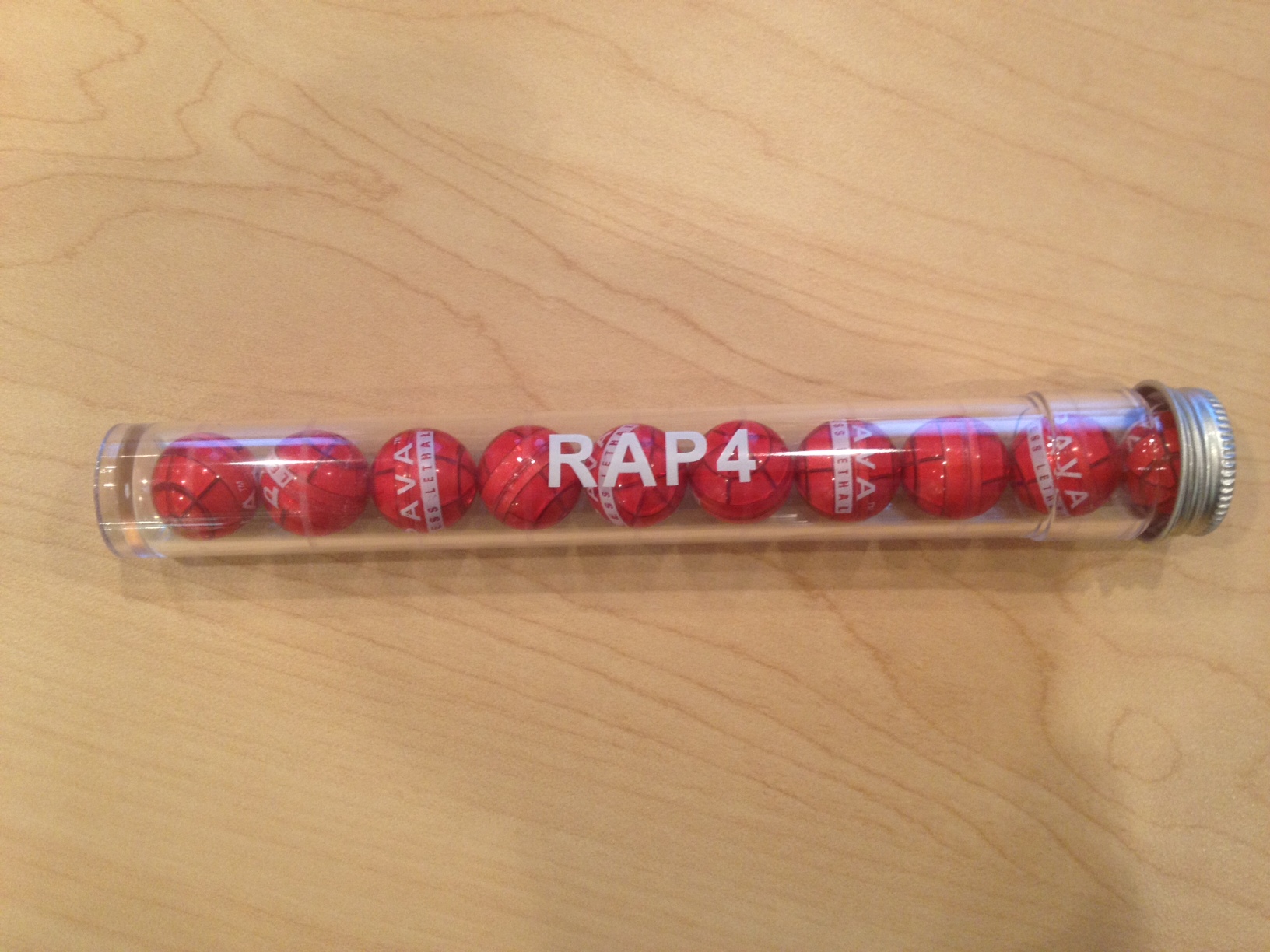
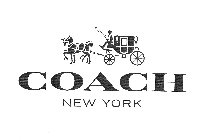 of Jacksonville, Florida (collectively “Coach”) sued for trademark infringement in the
of Jacksonville, Florida (collectively “Coach”) sued for trademark infringement in the 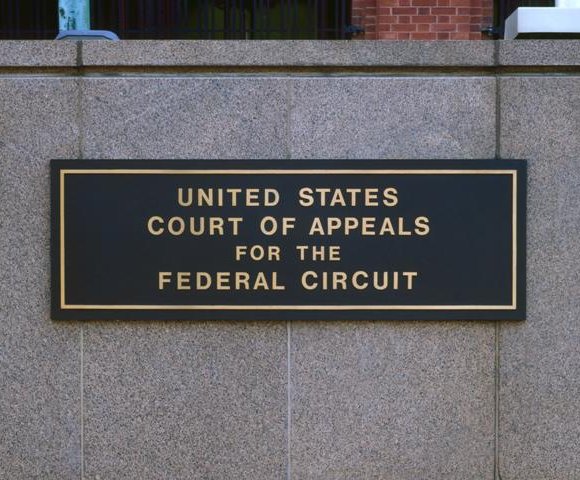
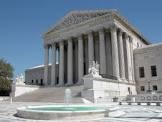 States Supreme Court
States Supreme Court will allow immediate access by the reader to the referenced materials, i.e., case management and electronic court filing system (“CM/ECF”) filings, case and statute citations, attachments, and exhibits.
will allow immediate access by the reader to the referenced materials, i.e., case management and electronic court filing system (“CM/ECF”) filings, case and statute citations, attachments, and exhibits. PBM. The district court dismissed the counterclaims and entered an injunction against Mead Johnson. Mead Johnson appealed. The
PBM. The district court dismissed the counterclaims and entered an injunction against Mead Johnson. Mead Johnson appealed. The 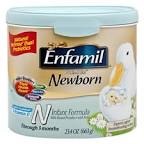 Mead Johnson filed counterclaims against PBM alleging breach of contract, defamation, false advertising, and civil contempt. Mead Johnson’s defamation counterclaim was based primarily on a press release issued by PBM CEO Paul Manning declaring that “Mead Johnson Lies About Baby Formula … Again.” Mead Johnson’s false advertising counterclaim alleged that labels on PBM’s products conveyed several implied messages comparing PBM and Mead Johnson’s formulas. Mead Johnson’s breach of contract and civil contempt counterclaims related to prior litigation between the parties.
Mead Johnson filed counterclaims against PBM alleging breach of contract, defamation, false advertising, and civil contempt. Mead Johnson’s defamation counterclaim was based primarily on a press release issued by PBM CEO Paul Manning declaring that “Mead Johnson Lies About Baby Formula … Again.” Mead Johnson’s false advertising counterclaim alleged that labels on PBM’s products conveyed several implied messages comparing PBM and Mead Johnson’s formulas. Mead Johnson’s breach of contract and civil contempt counterclaims related to prior litigation between the parties. trade secrets contained in documents submitted to the court were protected against public disclosure by both the Access to Public Records Act (
trade secrets contained in documents submitted to the court were protected against public disclosure by both the Access to Public Records Act (